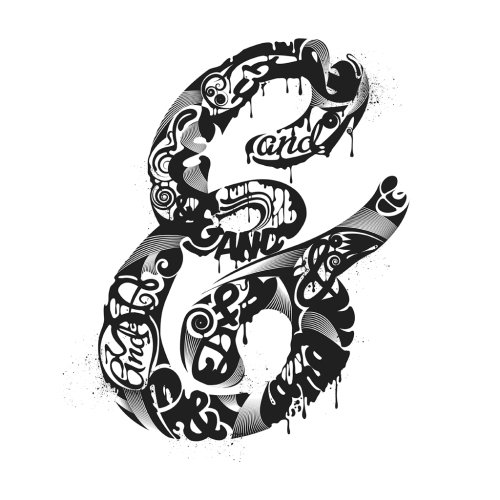I’ve just read a pretty scary article in The Independent newspaper which says that people who spend many hours of the day seated (at their desks or on the couch watching TV) are increasing their risks of ill health (and early death) — regardless of exercise at other times. This quote sums it up:
The most recent research[…] analysed survey responses from 123,000 people with no history of cancer, heart disease, stroke or lung disease. […] Researchers found that women who reported more than six hours per day of sitting were 37 per cent more likely to die during the period than those who sat fewer than three hours a day, while men were 18 per cent more likely to die. It didn’t matter how much physical activity the subjects took at other times.Which means, quite simply, that you can be lean and fit and still increase your chances of an early death from all causes by sitting down too much.
So all those power-walks and gym classes aren’t helping, if you spend the time in between totally sedentary (guess who’s guilty of that).
One way to prevent (or at least lessen) the risks is to incorporate movement — standing, walking, stretching, muscle-flexing — into your daily routine. The article gives the following tips for sitting less:
- Deliver messages to colleagues personally rather than by email.
- Use your lunch break. Walk around town rather than munching a sandwich at your desk.
- Conduct meetings and make calls standing up.
- Buy a height-adjustable desk and combine periods of sitting and standing.
- Stand up and stretch or walk around for 60 seconds every 15 minutes or so.
- If you can, organise your workspace for “planned inconvenience”, which is popular with office interior designers in the US. Printers, water coolers, storerooms etc, are placed away from desks, making staff walk.
These clearly aren’t all feasible for people working from home or in small offices. But we can all make small changes — moving the printer further away, say (or even just making an effort to stand up to reach the controls, rather than just stretching over). The tip about making phone calls standing up is a good one — marketing and sales experts recommend doing so in any case for work calls, as you’ll sound more business-like that way. Another idea might be to stand up whenever you spend time on Twitter (but watch your posture and your back — don’t hunch your shoulders).
My post from last July on Keeping Healthy at your Desk includes some muscle-flexing exercises that you could also incorporate.
By Marian Dougan


 ne of the things I love about the Internet is the way it lets people share their enthusiasm for and knowledge of their own niche subjects. Subjects that you may never have given a second (or even a first) thought to but when you discover them are a delight.
ne of the things I love about the Internet is the way it lets people share their enthusiasm for and knowledge of their own niche subjects. Subjects that you may never have given a second (or even a first) thought to but when you discover them are a delight.